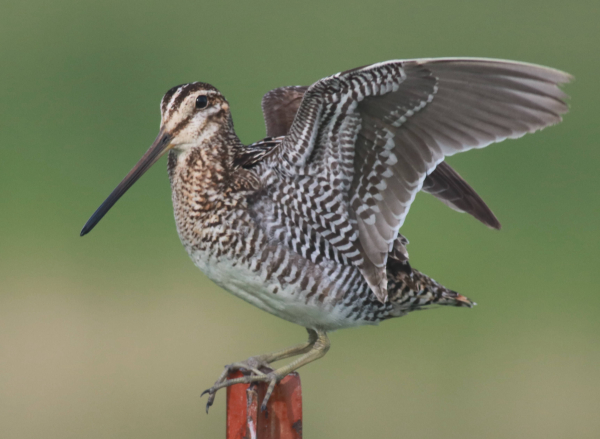 This was the most colorful of the male Dickcissels in the area last week. Dickcissels were the last species to arrive in the area this spring.  An active Wilson
|
 This was the most colorful of the male Dickcissels in the area last week. Dickcissels were the last species to arrive in the area this spring.  An active Wilson
|